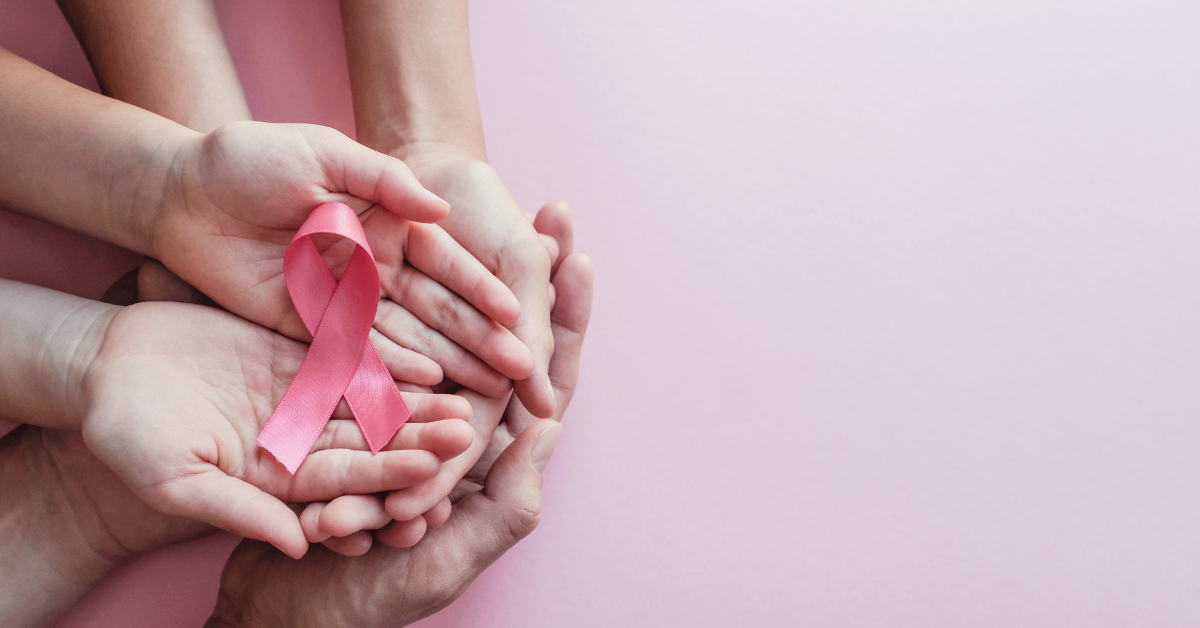Breast Cancer Awareness Month
October is Breast Cancer Awareness Month — a time to amplify voices, share stories, and stand together. Today, and every day, we honor the power of clear understanding in every conversation, diagnosis, and moment of support.
We asked our team what wearing pink means to them. Here’s what they had to say.
As both an interpreter in the field, who bears witness to many breast cancer diagnoses, mastectomies, recoveries, and even post mastectomy plastic surgery, as well as a person whose family, friends, colleagues and students have been touched by breast cancer, I wear pink for various reasons — to mourn and honor those who lost their battle with breast cancer, as well as to show solidarity with the fierce survivors in my life.
At the early age of 34, my gynecologist referred me to get my very first mammogram due to a lump that would not go away. I had a marker placed in the area of concern in December 2018 and was told to follow up in 6 months. By June 2019, I went back for a follow-up. Just a few weeks after turning 35, I was told, “You have breast cancer.”
Pink used to be just a color — soft, cheerful, maybe even frivolous. But now, pink means power. It means early detection. It means life.
I went for my first mammogram thinking it was just a routine check, something I could’ve easily put off again. I had no family history, no lump, no symptoms. But that pink ribbon — the one I used to glance at without much thought — now represents the moment everything changed.

